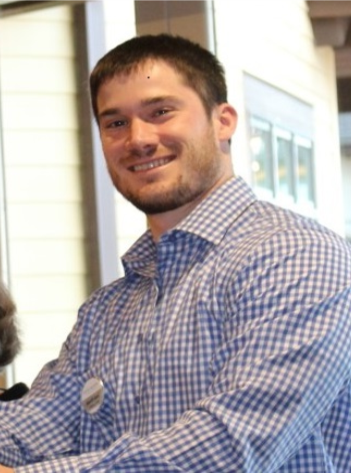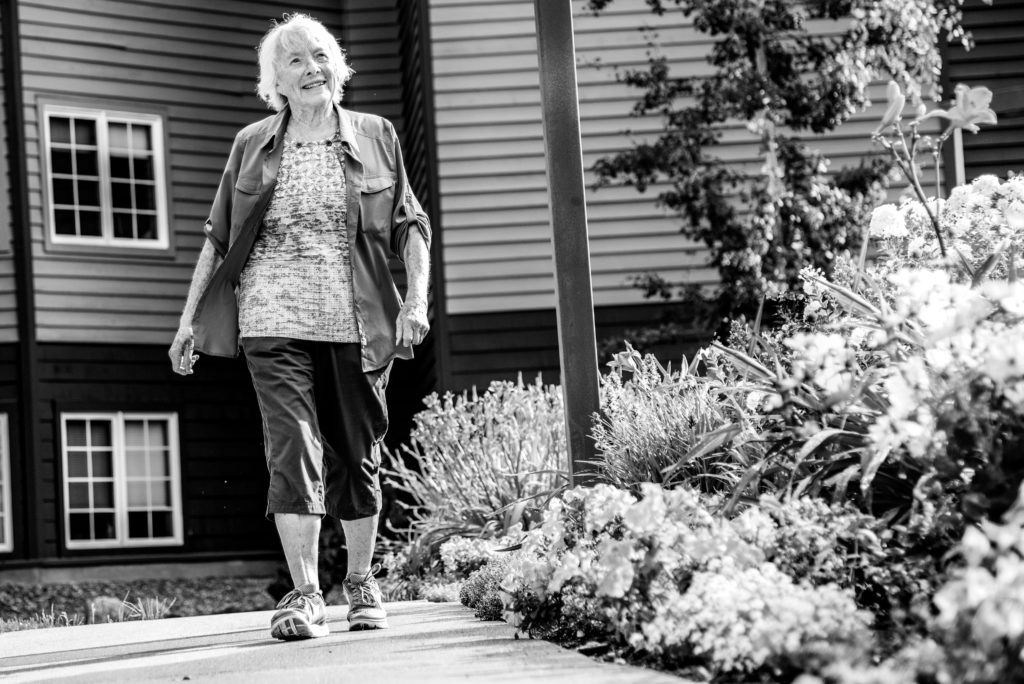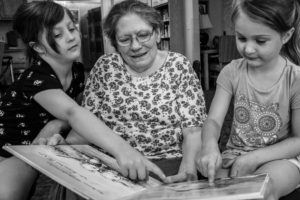One of the things I get to do in my job at Immanuel is lead the resident Book Club at Buffalo Hill Terrace. We meet once a month to discuss a book, and we’ve read everything from historical fiction to murder mysteries to nonfiction. I love this for a lot of reasons. First, I love books, so having literature as part of my job is pretty nice for me. Second, I get to share some of my favorite books and writers with a great group of people, and they share theirs with me, so there’s quite an exchange of idea and possibilities. These are the standard, expected benefits of a book club with any group of people.
When one leads a book club mostly comprised of seniors, though, something else cool happens: I get to hear lots of stories about life in the past. That was especially true at our meeting last week, less because of the book we just read than because of the book we’re getting ready to read. As you may know, the 19th amendment, guaranteeing women in the United States the right to vote, passed Congress in 1919 (and was ratified by a sufficient number of states in 1920). To celebrate the centennial anniversary of this landmark occasion, the Buffalo Hill Terrace Book Club is reading Elaine Weiss’s new book The Woman’s Hour (if you’re intrigued by the link, don’t forget to shop at your Immanuel-linked Amazon Smile account!). March is Women’s History Month, so it seemed like the perfect time to read about and consider this key occasion in women’s history.
As we talked about our upcoming read, I provided some additional background on the early women’s suffrage movement, as it’s a subject I’m very familiar with from my academic research. It took seventy-two years from the first US women’s right convention in Seneca Falls, New York to the ratification of the 19th amendment. This was news to some of the book club members, but when they thought it through, they quickly connected the challenge experienced by the suffragists with challenges they faced in their own lives.
The Terrace Book Club is comprised of wonderful, articulate, smart, formally- and informally-educated women (men are welcome, but none have ever come). They spend a lot of time connecting books to their lives. This is particularly interesting and welcome in cases of historical fiction, when their life experience often means they can identify with the books we read in ways I can’t. During our conversation this past Friday, I learned that one club member had been “clerical-tracked” in high school simply because she was a girl, in spite of her academic suitability for a college track. Another talked about how she, a professional in a academic department, had been asked to make coffee and take meeting minutes even though she didn’t have a secretarial role.
While the book club members have always been able to vote, their mothers were among the first generation of American women to be able to do so in national elections. The women in the book club are therefore very much aware of how much has changed in the world since their mothers were children—or even since they were young adults themselves. They are able to put present-day issues in long-term perspective, and they appreciate history because they have lived more of it than those of us who are younger.
At Immanuel, we value the life experience all of our residents bring, and we want everyone in our community to have a chance to benefit from their wisdom the way those of us who work here do. Your gifts help us do that. Thank you.




 Susan Allison loves reading to children. Her passion for helping those younger than herself goes all the way back to own childhood, when she helped her grandmother in the church nursery. Susan grew up in Lawrenceville, Illinois, where her parents first ran a clothing store and later managed an apartment building. Her first work experience included helping her father with his property management duties.
Susan Allison loves reading to children. Her passion for helping those younger than herself goes all the way back to own childhood, when she helped her grandmother in the church nursery. Susan grew up in Lawrenceville, Illinois, where her parents first ran a clothing store and later managed an apartment building. Her first work experience included helping her father with his property management duties.